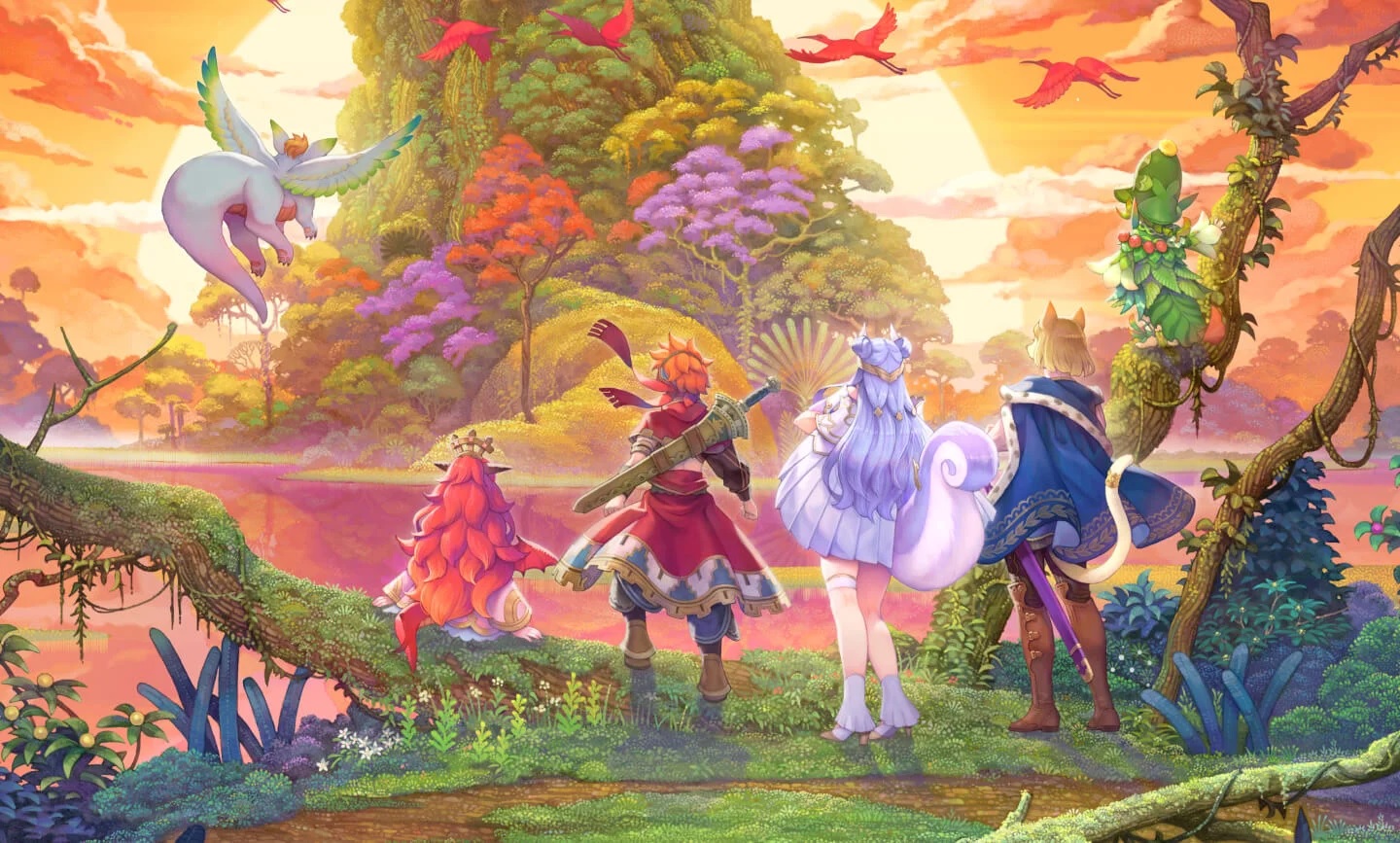
Visions of Mana Review
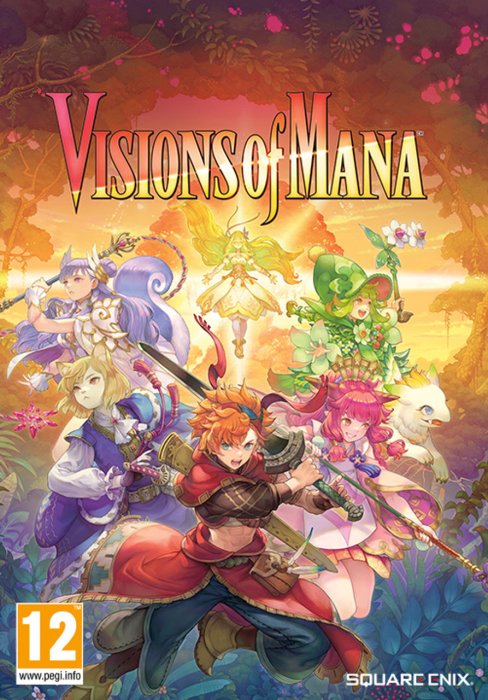
Pros
- Beautiful graphics
- Fun combat
- Great traversal
- Expansive class system
- Fantastic bosses
Cons
- Fetch quests
- Bad AI
- Slight framerate problems
- Cliche story
- Limited items in battles
The Mana series, called Seiken Densetsu in Japan, has had a long history that dates back to the original Game Boy. The first game was called Final Fantasy Adventure in the west, but all subsequent titles had Mana in the title. However, while the series has had some success in the past, as well as a niche fandom, there hasn’t been a brand new mainline entry since 2006, with Dawn of Mana on the Playstation 2. With Visions of Mana, the series has been brought to the modern consoles for a brand new game, but is it another legend of the holy sword, or does it turn your vision into a nightmare?
The game takes place in a world that the Mana Tree sustains through its energies, which require a person appointed by the Faerie, dubbed an Alm, to make the pilgrimage to offer their soul. The Alms are accompanied by the Soul Charge, someone that is meant to protect them, whom comes in the form of Val, the main protagonist of Visions of Mana. For a good portion of the game, the story is essentially to go around and meet all of the Alms, so you can journey to the Mana Tree and fulfill your destiny. The story will become more interesting later, since most games aren’t devoid of bigger plot points. However, things aren’t going to blow your mind here, but the story is compelling enough to keep you interested in some manner.
A Breathtaking View
One of the first things you will notice when you start playing Visions of Mana is that it looks beautiful. It has a stylized look to everything, with vibrant colors and excellent variety in terms of environments. The character designs are pretty standard Mana fare, except they look really great because of the fidelity. The animations are pretty spot-on, with nothing really noticeable that stands out in the way of stiffness or awkwardness. The game does offer a choice to play between Graphics Mode and Performance Mode on the PS5, but you might only get a little bit of choppiness here and there that doesn’t seem to occur too much throughout the more hectic battles. The game just seems to have that little bit of slowdown happen at random times, but it hardly detracts from the overall experience.
Visions of Mana is simply stunning to look at, especially in its environments.
Of course, a game’s looks can only carry it so far, so how does Visions of Mana play? Well, the title is split up into various areas that you can explore, some of which are towns. The non-town areas are fairly open and the game does a decent job of making you search for all of the hidden stuff, like the chests. There is actually a very nice quality-of-life feature in Visions of Mana, where the map will display the locations of things like chests with blue dots. This makes it so where you don’t have to hunt blindly for most things, since they are clearly marked on your map already, though it’s still a good idea to search every nook and cranny since not everything is marked.
It has a stylized look to everything, with vibrant colors and excellent variety in terms of environments.
Looking Around the Town
With that, you can largely concentrate solely on finding your way to these goodies and the movement system, while basic, is very fun. You have a double jump in the normal fields you explore (town areas only have a single jump, which is a minor let down), and you are able to perform dashes while in the air. This gives you a lot of movement and there are plenty of spots where you can easily climb up cliffs to avoid the intended way sometimes. Of course, no RPG is complete without side quests of some kind and Visions of Mana has plenty of them. However, these side quests are kind of the basic fetch variety, so if you’re looking for something deep, then you’re not going to find them here. There are also a lot of side quests that just give you money as a reward, which is kind of a disappointment, despite it not being that bad in the grander scope of things. A bit more variety in rewards or side content would’ve done a long way.
As you progress through the game, you will unlock Elemental Vessels, which will grant you some more traversal options, but only at designated spots. These Elemental Vessels will also open up some new collectibles to find in previous areas, so if you want to 100% the game, you will need to do a lot of backtracking. The Vessels also tie into how the class system works in Visions of Mana. Each one will offer the choice of a class to one of your characters. For example, the Sylphid Boomerang is the wind vessel and allows Val, the main character, to change into a Rune Knight. Instead of using his basic small sword in this class, he uses a great sword. This will hold true for pretty much all of the classes, as each one will change the weapon used, although some of the classes will share a weapon type.
It does pay off to explore, since you will find a lot of items hidden in various spots.
Things don’t just stop there, either, as you can make your characters stronger through the use of Elemental Plots, which are basically just skill trees for the various elements. This will allow you to get more skills, both active and passive. That’s the main progression system in the game, as well as the usual levels and equipment systems you often see in most other RPGs. In addition to the moves you learn via the Elemental Plots, you also have Ability Seeds, which let you equip extra skills for each character. As you progress through the game, you will find items that let you expand the number of slots, as well as others that open up more of the Elemental Plots.
…the Sylphid Boomerang is the wind vessel and allows Val, the main character, to change into a Rune Knight.
A Clash of Swords
All of these things will enhance the combat of Visions of Mana, which starts out as pretty basic action RPG fighting. You have buttons for a lighter attack, as well as one for a stronger attack. String these buttons together to form basic combos, with the majority of the regular enemies being locked in a hit-stun. To further complicate the battles, Elemental Vessels are used as special attacks. For example, the Sylphid Boomerang can be shot to lock an enemy inside a small whirlwind. Attacking that trapped enemy a few times will cause wind sickles to disperse, hitting the same enemy for additional hits, as well as some other enemies.
Each of the Elemental Vessels will have their own attack or ability during battles, so it’s great to experiment with them to see any synergy with others. After using a Vessel, it will enter a short cooldown period before you’re able to use it again, but this can be shortened by simply attacking enemies with normal attacks. Outside of those, you can utilize the in-game, and patented, Ring Menu to use skills and items, which you will be doing quite often. Opening the Ring Menu will cause the action to stop, so you can take your time in selecting the option you want. One of the few problems is that you’ll sometimes select an item, but your character won’t use said item, forcing you to do it again.
Elemental Plots will be one of the ways to make your characters stronger.
Battles can get kind of hectic at times, since you only control a single character, although you can issue commands for the others via the Ring Menu. The other characters are controlled by the AI, but you can also switch to them with a simple button press. Unfortunately, the party AI is where one of the biggest weaknesses of the game’s battle system comes to light. You do have options in the game’s menu to change the AI, like whether they can use items, which skills to use, as well as if you want them to use Elemental Vessels. For the most part, they will do a good enough job, but there are times where they just simply get hit once or twice, resulting in them getting massively punished and dying quickly, especially on harder difficulties.
Normally, this wouldn’t be a big problem, but it highlights another one, which is the limited item inventory during combat. You are only allowed to use so many items during each encounter and once you have reached the limit, then you are out of luck. If you’ve ever played Ni no Kuni 2, then it sports a similar item restriction, as it doesn’t matter how many items you have in your total inventory. Unlike that game, though, money isn’t something that is easily obtained for the most part, so you’re not going to be stockpiling hundreds of items. This was likely put into place so you cannot spam items for healing, but it’s not really necessary at all. It also doesn’t help that you don’t really get a dedicated healer until a good way into the game, so players on harder difficulties trying to do a completionist playthrough may get frustrated at times.
Each of the Elemental Vessels will have their own attack or ability during battles, so it’s great to experiment with them to see synergies with others.
Who’s the Boss?!
While the above is quite annoying, it doesn’t detract a whole lot, especially when it comes to the bosses of the game. These are definitely a big highlight, as the bosses are excellently done. You tend to have multiple body parts to hit and depending on the ones you attack, you might even temporarily disable some attacks or even the boss itself. Bosses will gain some more attacks as you drain their health, so it’s not the same strategy over and over until you defeat them, allowing greater tactical depth in combat. There are also some other bosses that mix things up, with the battle being different than usual, so the variety is really nice to see.
Battles are simple at first, but evolve to really fun and enjoyable as you unlock more features.
Despite some of the shortcomings, Visions of Mana does give you a good bit of game. Depending on the difficulty you play on, you could be looking at anywhere between 25-35 hours to just get through the main story. That time also depends on if you go exploring and head for all of the chests, Elementites, and other optional content. Once you clear the main story, you will gain access to New Game+, which is always welcomed in these kinds of titles. A new difficulty will also be unlocked at the same time, if you want to be provided with even more of a challenge.
Overall, Visions of Mana is a very solid entry in the Seiken Densetsu series and is another good example for Square-Enix to show more attention to these other series. It’s definitely a game that invokes some of that nostalgia of simple gameplay enhanced by modern design, as well as breathtaking visuals. Some nags do keep it from being truly great, though, but the game as a whole is extremely enjoyable and definitely a worthy addition to anyone’s library that loves action RPGs or just RPGs in general.
Visions of Excellence
Visions of Mana brings the Mana formula to the modern day, providing a beautiful game that is a blast to play. Some slight problems keep it from being a truly amazing game, though.
Gameplay:
Sound:
Graphics:
Story:
Value Rating:


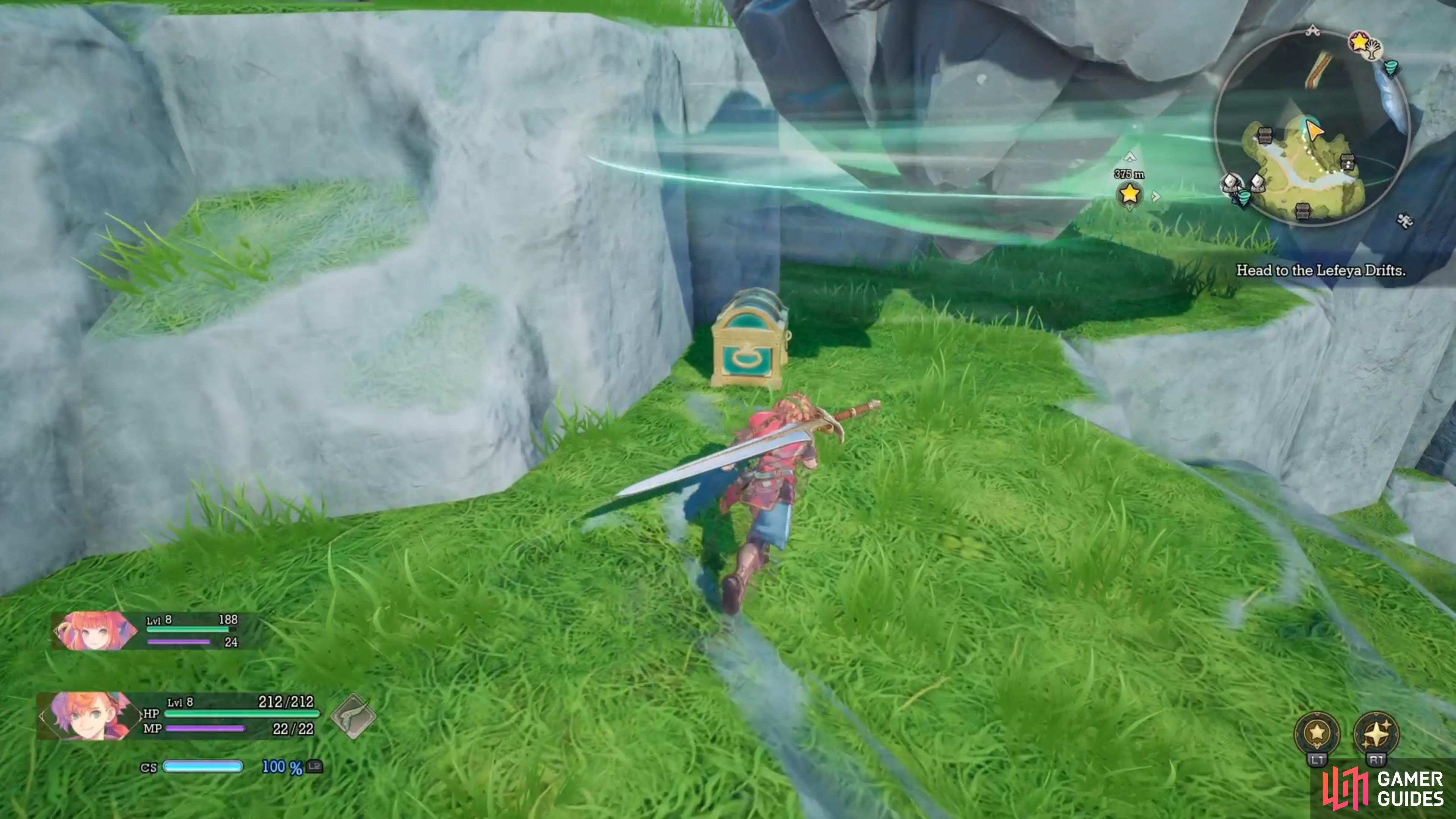
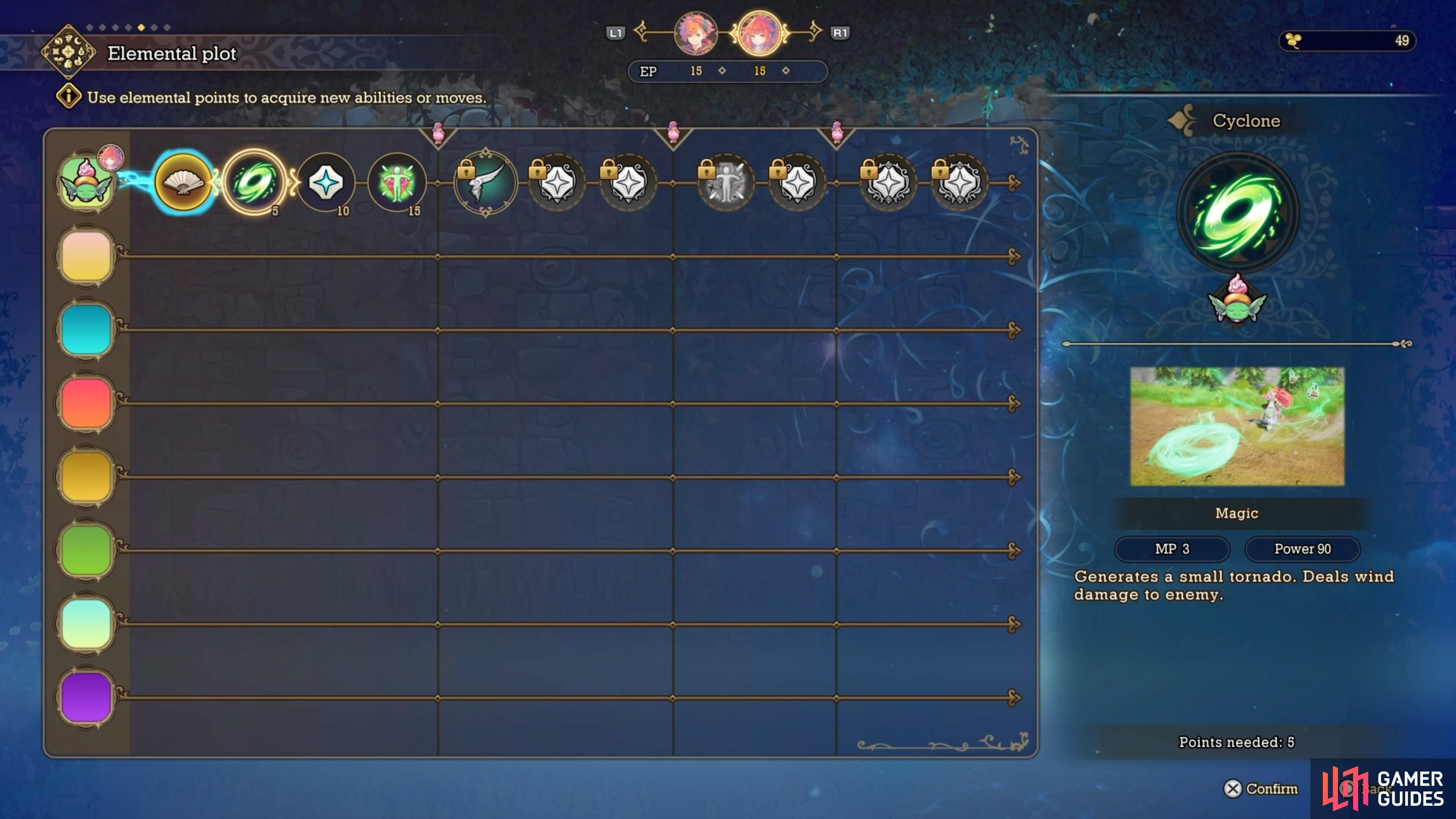
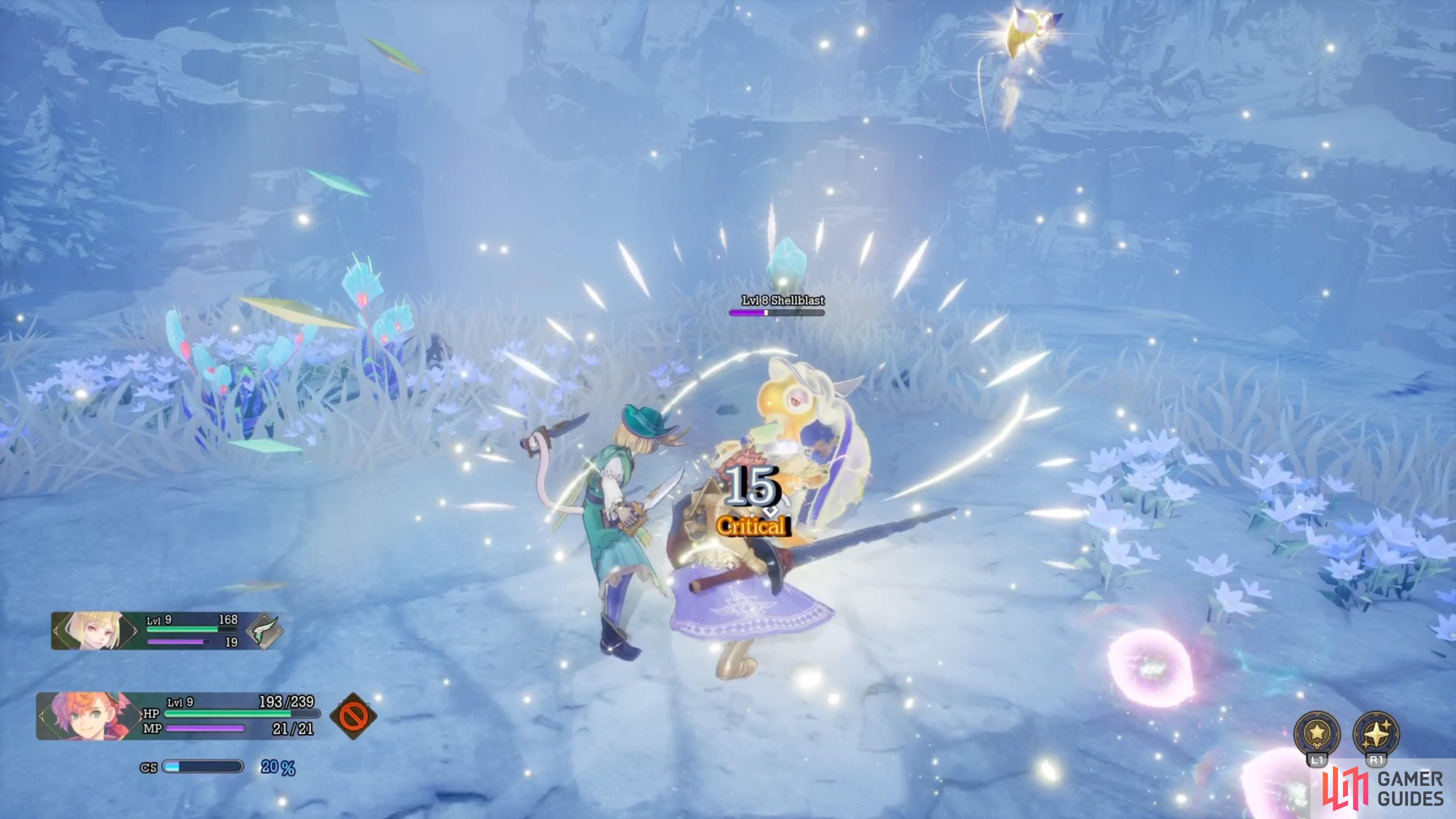
No Comments